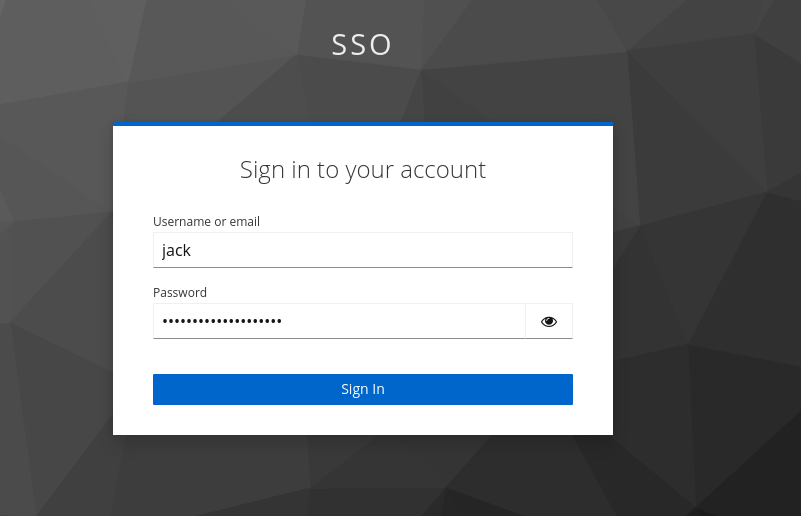If you’re encounter the issue with following error messages when start the VirtualBox machine VirtualBox can’t enable the AMD-V extension. Please disable the KVM kernel extension, recompile your kernel and reboot (VERR_SVM_IN_USE)., that mean there are another kernel module that running, to check it use lsmod sudo lsmod | grep -E ‘kvm|vbox’ # output vboxnetadp […]
How To Build Monitoring Tools with Python
For this tutorial we’ll create our own HTTP/HTTPS monitoring based on Python requests. Out there so there are so many free or paid monitoring tools, which is too expensive or too bloat for my use case, which only to monitor the HTTP response and show the messages if there’s any error. To make it easier […]
How To Setup and Configure Secure FTP Debian 12
In this tutorial we’ll setup secure FTP Server using vsftp software, we’ll allow multiple user to connect to FTP and disable the anonymous user. In many big corporate environment, they only allow FTP protocol, this setup is good for that use case. There’s some confusion about the SFTP, people thing it’s part of FTP, but […]
How To Delete All WordPress Pending Comments Using MySQL
In some of WordPress based blogs, I get more than 10000 (10k) comments, which all of them spams. Using WordPress UI to delete comment is not an easy task, because we’re limited to delete 20 comment per actions. Instead of installing random plugin, let’s do it via SQL (MariaDB/MySQL) query. Inside the WordPress database it […]
Quick Fix : Failed to allocate directory watch: Too many open files
For any operation in Linux, we might facing the same issue Failed to allocate directory watch: Too many open files The default defined inotify instances (128) has been reached This happen a lot if we run Kubernetes cluster. 128 is the default number for various Linux distro, for heavy user we need to adjust this […]
Nginx Warning http2 directive is deprecated
After upgrade to the nginx 1.26 on Debian 12, sudo nginx -t throw some warning issue in the nginx config $ sudo nginx -t nginx: [warn] the "listen … http2" directive is deprecated, use the "http2" directive instead in /etc/nginx/sites-enable/atetux.conf:7 for now that not a issue, just a warning. But it’s better to fix it […]
How To Use pip on read-only System
Many of the Kubernetes cluster and Docker on production, have a policy to run on read-only system for all the directory except certain explicit folder that customizable by user. In read-only file system, not all of the application can run smooth by default, but trivial to fix as well. For this tutorial lets take pip […]
Update Keycloak Password Using kcadm.sh
kcadm.sh is the admin CLI for Keycloak, we can do most of the operation using this script. Download the Keycloak file, kcadm.sh are inside that file. wget https://github.com/keycloak/keycloak/releases/download/24.0.1/keycloak-24.0.1.tar.gz extract the keycloak-24.0.1.tar.gz tar zxvf keycloak-24.0.1.tar.gz Move to the folder bin cd keycloak-24.0.1/bin run the kcadm.sh Optional: Run Keycloak on Docker If you didn’t have a Keycloak […]
Setup Superset 3 with Keycloak 24 SSO
Superset is a powerfull analytic web-based tools, that had support many databases, it’s good for data exploration and visualization. In this tutorial we’ll start from scratch to install Keycloak and Superset Superset version 3.1.1 Keycloak version 24.0.1 The configuration should work for any environment, docker, kubernetes or VPS. But keep in mind on the PATH […]
How to Setup Vault on Kubernetes
Vault is one of the most used secret solution in the Kubernetes, it’s used by big player. Vault is application that store, and tightly control access to tokens, passwords, certificates, encryption keys for protecting secrets, and other sensitive data using a UI, CLI, or HTTP API. We can use Vault for different use case, but […]



